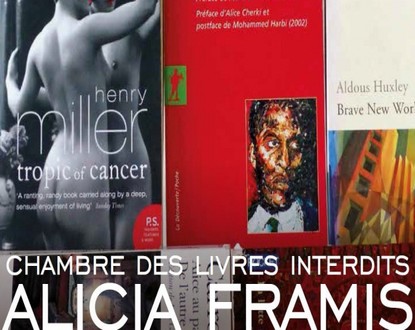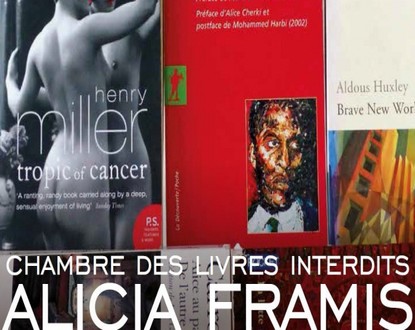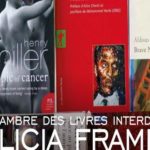Until October 13th, the Pablo Picasso National Museum in Vallauris is showcasing the Spanish artist Alicia Framis. With her recent series of rooms—rooms for screaming, for forgetting, rooms for protesting or for developing dissident ideas—she continues to question the current social and human environment, highlighting mechanisms of alienation and other means of coercion.

Open to visitors, this room of banned books is a place for study and reflection where everyone can assess the harms of censorship that once hit works now recognized as authentic masterpieces, many of which belong to the world’s cultural heritage.
Thus, from New Tales by La Fontaine to Candide by Voltaire or the writings of Giordano Bruno, from Lolita by Nabokov to The Second Sex by Simone de Beauvoir, from The Bible to Mickey Mouse, it is clear that censorship strikes over time, indiscriminately, a multitude of works with the most varied content.
For Maurice Fréchuret, director of the National Museums of the Alpes-Maritimes, “This proposal finds its full meaning in the chapel that Picasso transformed into a temple for peace and in which, denouncing war, the artist painted a belligerent team, full of violence, trampling with hooves a book, a symbol of culture and freedom.”



